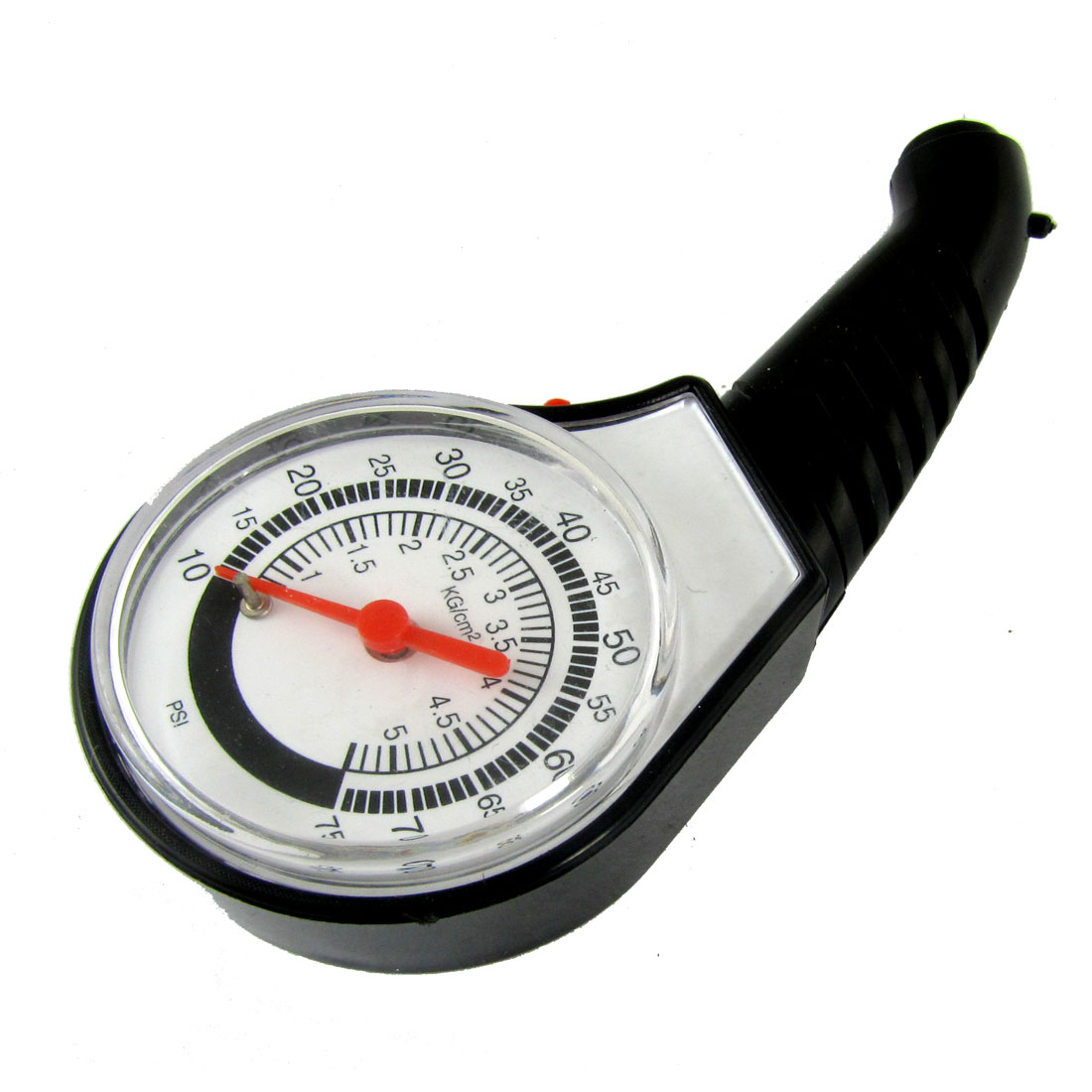Whilst on the subject of checking your tires, you really ought to check the pressures once every couple of weeks too. Doing this does rather rely on you having, or having access to a working, accurate tire pressure gauge. If you’ve got one of those free pencil-type gauges that car dealerships give away free, then I’ll pop your bubble right now and tell you it’s worth nothing. Same goes for the ones you find on a garage forecourt. Sure they’ll fill the tire with air, but they can be up to 20% out either way. Don’t trust them. Only recently – since about 2003 – have I been able to trust digital gauges. Before that they were just junk – I had one which told me that the air in my garage was at 18psi with nothing attached to the valve. That’s improved now and current-generation digital gauges are a lot more reliable. One thing to remember with digital gauges is to give them enough time to sample the pressure. If you pop it on and off, the reading will be low. Hold it on the valve cap for a few seconds and watch the display (if you can).
Generally speaking you should only trust a decent, branded pressure gauge that you can buy for a small outlay – $30 maybe – and keep it in your glove box. The best types are the ones housed in a brass casing with a radial display on the front and a pressure relief valve. I keep one in the car all the time and it’s interesting to see how badly out the other cheaper or free ones are. My local garage forecourt has an in-line pressure gauge which over-reads by about 1.5psi. This means that if you rely on their gauge, your tires are all 1.5psi short of their recommended inflation pressure. That’s pretty bad. My local garage in England used to have one that under-read by nearly 6 psi, meaning everyone’s tires were rock-hard because they were 6psi over-inflated. I’ve yet to find one that matches my little calibrated gauge.
One reader pointed something else out to me. Realistically even a cheap pressure gauge is OK provided it is consistent. This is easy to check by taking three to five readings of the same tire and confirming they are all the same, then confirming it reads (consistently) more for higher pressure and less for lower pressure.
One last note: if you’re a motorcyclist, don’t carry your pressure gauge in your pocket – if you come off, it will tear great chunks of flesh out of you as you careen down the road….

Lies, Damn Lies, and Tire Pressure Gauges
by
Tags:

Leave a Reply